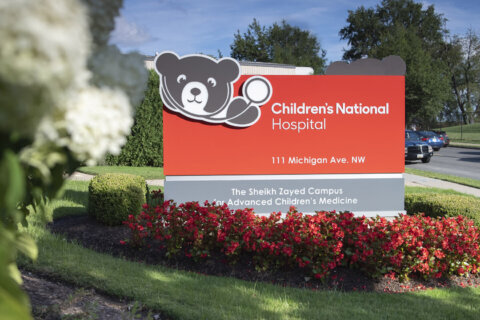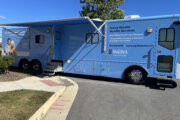Help getting pregnant
The use of assisted reproductive technology, primarily IVF, and the number of fertility clinics providing this technology have grown steadily since 1981, when the first pregnancies were achieved with the technology in the U.S. According to the latest data from the Centers for Disease Control and Prevention on assisted reproductive technology — which generally involves combining a woman’s surgically removed eggs with sperm in a laboratory before returning them to a woman’s body — resulted in nearly 68,000 reported live births in 2013, accounting for 1.5 percent of all infants born.
The birth and growth of IVF
Improvements have made IVF a safer, more viable option for some, including reducing the issue of riskier pregnancies resulting from multiples of three babies or more. Societal attitudes have also shifted in favor of broader acceptance of reproductive technologies. But according to the CDC, IVF still carries risk to mothers, as it can yield higher rates of twin pregnancies. In addition, the procedure’s high cost and, for some, religious objections make it a less popular option than other approaches to overcoming infertility, say, by using fertility drugs alone.
How IVF works
Thomas Molinaro, a reproductive endocrinologist at Reproductive Medicine Associates of New Jersey, explains that it starts with fertility injections. After that, the woman has a procedure under general anesthesia. “We do a trans-vaginal puncture into the ovaries to take out the eggs, and then we grow embryos in the laboratory for a week,” he says. “What that allows us to do is get more eggs, work with the sperm directly [and make] fertilization happen.” Then at least one embryo is implanted back into the woman, giving pregnancy the chance to begin.
The chances of getting pregnant are good.
While CDC figures of success rates for fertility clinics that provide assisted reproductive technology vary, routinely about half of all couples trying to achieve pregnancy are able to do so within one treatment cycle, the clinics report. “IVF has evolved a long way, and right now it’s our most aggressive, but also our most successful therapy,” Molinaro says. He adds that improved sophistication allows labs like RMA’s to be more selective in choosing embryos, reducing the need to implant more than one embryo, lowering the resulting twin rate and often raising success rates to much higher than 50 percent.
Like the success rate, costs are high.
Nationally, IVF costs around $12,500 for a single cycle — which involves implanting a fertilized embryo or embryos — and it can run thousands of dollars more than that. This can incentivize implanting multiple embryos to save money on the possibility of needing to undergo additional treatment cycles, says Sheree Boulet, a health scientist in CDC’s division of reproductive health. That’s something the agency would like to see happen less often, because pregnancies with multiples increase the risk to mom and baby.
Assisted reproductive procedures are not without risk.
“The main risk associated with the use of [assisted reproductive technology] is that of multiple births. We know that almost half of all ART-conceived children in the United States are born in multiple gestations,” says Boulet, adding that twin rates have remained steady although rates of triplets and higher have dropped significantly. “Multiple births have higher risks for preterm birth, low birth weight, neonatal death. And there’s also more risks for the mom. They have higher rates of cesarean delivery, gestational hypertension, gestation diabetes and even just being admitted to the hospital.”
Struggling to get pregnant? Don’t go it alone.
While IVF is still only used by a fraction of couples, there are many options available for those struggling with infertility and to suit individual preferences ranging from lifestyle to belief system. These include over-the-counter options, such as testing sticks to determine when ovulation will occur. But for men and women who have issues that may affect fertility, experts advise talking with an OB-GYN or reproductive specialist versus going solo if difficulties getting pregnant persist.
More from U.S. News
10 Things No One Tells You About Breast-feeding
The Fertility Preservation Diet: How to Eat if You Want to Get Pregnant
10 Ways to Make Your Childbirth Easier
In Vitro Fertilization Grows Up originally appeared on usnews.com







